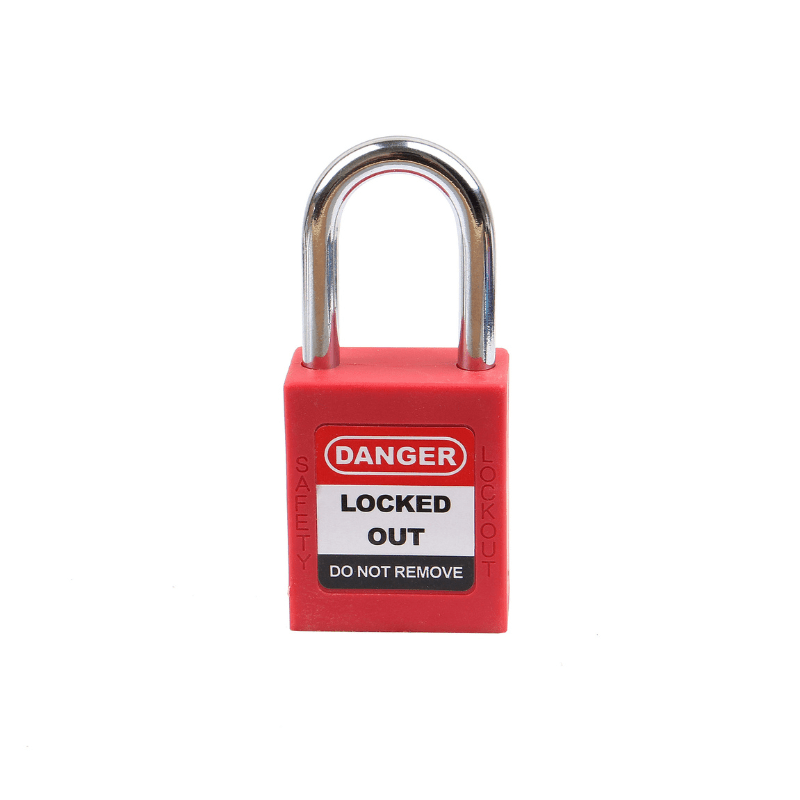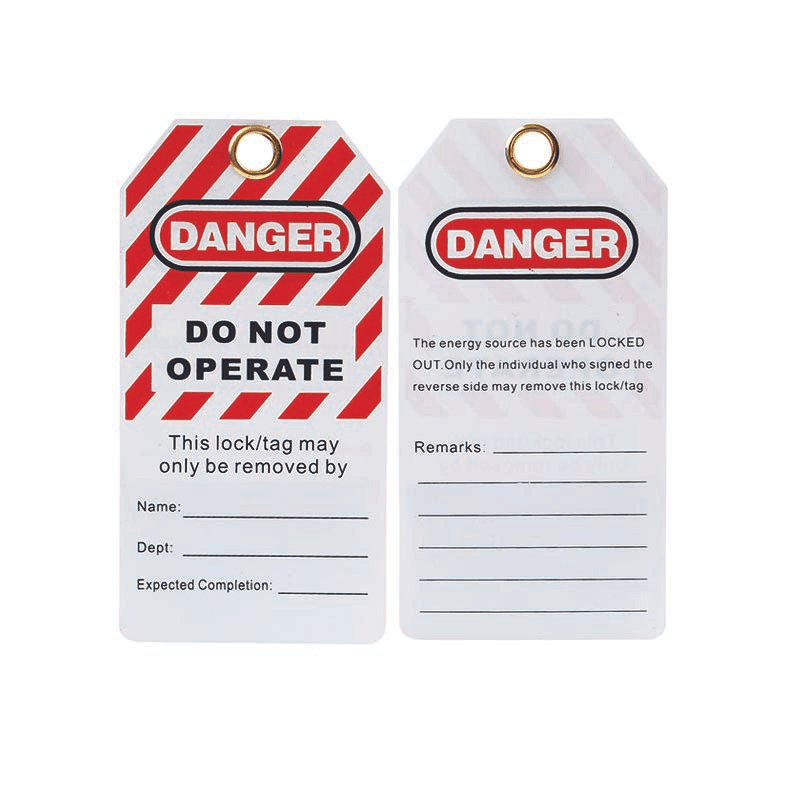Swissmedic, Switzerland's regulatory authority for therapeutic products, audits pharmaceutical and biopharmaceutical facilities to ensure compliance with regulatory standards. Facilities preparing for a Swissmedic audit must focus on critical areas such as Good Manufacturing Practice (GMP), Quality Risk Management (QRM), documentation, facility design, and personnel competency. Ensuring readiness not only facilitates a successful audit outcome but also strengthens operational integrity, safety, and compliance.
Table of Contents
- 1. Introduction to Swissmedic Audits
- 2. Understanding Swissmedic Regulations and Standards
- 3. Essential Preparations for a Swissmedic Audit
- 3.1. Implementing Good Manufacturing Practices (GMP)
- 3.2. Quality Risk Management (QRM)
- 3.3. Facility and Equipment Preparedness
- 3.4. Documentation and Records Management
- 3.5. Personnel Training and Competency
- 3.6. Cleanroom and Environmental Controls
- 4. Audit Day: Best Practices
- 4.1. Communicating with Auditors
- 4.2. Handling Observations
- 5. Post-Audit Actions and Continuous Improvement
- 5.1. Responding to Findings
- 5.2. Integrating Feedback into QRM
- 6. Establishing a Back Office During the Audit
- 6.1. Purpose and Role of the Back Office
- 6.2. Organizing Back Office Personnel and Resources
- 6.3. Document Management and Audit Trails
- 6.4. Contingency Planning
- 7. Conclusion
1. Introduction to Swissmedic Audits
Swissmedic, Switzerland's regulatory authority for therapeutic products, audits pharmaceutical and biopharmaceutical facilities to ensure compliance with regulatory standards. Facilities preparing for a Swissmedic audit must focus on critical areas such as Good Manufacturing Practice (GMP), Quality Risk Management (QRM), documentation, facility design, and personnel competency. Ensuring readiness not only facilitates a successful audit outcome but also strengthens operational integrity, safety, and compliance.
2. Understanding Swissmedic Regulations and Standards
Swissmedic audits align with the European Union’s guidelines under the Pharmaceutical Inspection Co-operation Scheme (PIC/S), and Swiss GMP requirements. Key standards include EU GMP Annex 1 for sterile manufacturing, PIC/S Annexes that cover quality risk management (QRM), and Annex 15 which is essential for understanding qualification and validation processes.
3. Essential Preparations for a Swissmedic Audit
3.1. Implementing Good Manufacturing Practices (GMP)
GMPs are central to compliance and must be integrated across all processes. Auditors expect to see documented adherence to GMP requirements, covering aspects such as:
- Quality control (QC) procedures
- Calibration and validation records
- Facility and equipment maintenance protocols
3.2. Quality Risk Management (QRM)
Swissmedic places a strong emphasis on QRM, especially in risk-prone areas such as sterile product handling. A risk-based approach should include:
- Risk Assessment: Using tools such as Failure Mode Effects Analysis (FMEA) to identify potential points of failure in processes or equipment.
- Risk Control: Implementing risk mitigation measures for identified hazards.
- Continuous Monitoring: Tracking risk trends over time and adjusting controls as needed.
3.3. Facility and Equipment Preparedness
Ensuring that facilities and equipment meet regulatory standards is a core focus of Swissmedic audits. Preparations should involve:
- Design and Qualification: Equipment used in production must be designed and qualified according to GMP standards, ensuring they operate within intended specifications.
- Maintenance and Calibration: Establish schedules for regular equipment maintenance and calibration to ensure continued compliance.
- Documentation of Changes: Implement a change control procedure to manage and document any modifications in equipment or processes.
3.4. Documentation and Records Management
Swissmedic audits rely heavily on thorough and accurate documentation. Each aspect of operations should have supporting records, including:
- Batch Records: Complete, accurate records for each production batch, including all critical process parameters.
- Validation and Qualification Protocols: These must cover all critical equipment and processes.
- Standard Operating Procedures (SOPs): Updated SOPs must reflect current practices and comply with regulatory standards.
3.5. Personnel Training and Competency
Swissmedic expects a well-trained workforce that understands regulatory standards and operational SOPs. Preparation for audits includes:
- Initial and Ongoing Training: Employees should receive training upon hiring and routinely to stay updated on SOPs, GMP, and regulatory changes.
- Competency Testing: Regular assessments help ensure that personnel apply their training in practice.
- Documentation of Training: Keep records of all training activities to show auditors that employees are competent and qualified for their roles.
3.6. Cleanroom and Environmental Controls
For facilities manufacturing sterile products, robust environmental controls are crucial. Swissmedic evaluates compliance with EU GMP Annex 1 and other standards on cleanroom classifications, airflow patterns, and monitoring systems. Key preparation steps include:
- Environmental Monitoring: Set up continuous monitoring for air quality, temperature, and humidity in cleanrooms.
- Cleaning and Sanitation Protocols: Implement regular and documented cleaning procedures for cleanrooms and critical areas.
- Personnel Gowning and Behavior: Establish protocols for cleanroom gowning and personnel conduct to minimize contamination risks.
4. Audit Day: Best Practices
4.1. Communicating with Auditors
Effective communication with Swissmedic auditors is crucial. Appoint experienced personnel as primary points of contact to address questions and provide necessary documentation. Ensure responses are:
- Accurate and Honest: Avoid withholding information, as transparency builds trust.
- Concise and Relevant: Answer only what is asked, providing additional context if necessary to clarify critical points.
4.2. Handling Observations
Auditors may make observations that require immediate attention. Key strategies include:
- Documenting Each Observation: Record details and seek clarification if necessary.
- Prompt Corrective Action: Where feasible, implement immediate corrective measures.
- Assigning a Follow-Up Plan: For issues that cannot be resolved immediately, outline a plan for corrective and preventive action (CAPA) to address them.
5. Post-Audit Actions and Continuous Improvement
5.1. Responding to Findings
After the audit, Swissmedic will issue a report detailing any observations. Address each point thoroughly:
- Root Cause Analysis: Investigate underlying causes for observations and non-conformities.
- Corrective and Preventive Actions (CAPA): Implement CAPA plans, ensuring they address the root cause and prevent recurrence.
- Follow-Up Documentation: Keep detailed records of actions taken in response to audit findings.
5.2. Integrating Feedback into QRM
Swissmedic findings often highlight areas for improvement in QRM processes. Use audit feedback to:
- Update Risk Assessments: Adjust risk assessments to reflect new insights from the audit.
- Refine Monitoring Processes: Strengthen monitoring and trending practices to detect and address issues proactively.
- Review and Update Procedures: Ensure that any procedural changes are documented in updated SOPs and training materials.
6. Establishing a Back Office During the Audit
A well-organized back office acts as the nerve center during an audit, providing essential support to employees interfacing directly with auditors. This setup ensures that information flows efficiently, documentation requests are managed swiftly, and potential issues are addressed proactively.
6.1. Purpose and Role of the Back Office
The back office should operate as a centralized location where a support team gathers, manages audit documents, tracks progress, and facilitates communication between auditors and company representatives. This team typically comprises quality assurance, compliance, and operations personnel who are knowledgeable about facility operations and regulatory requirements. Key roles of the back office include:
- Document Retrieval: Quickly locating and providing documentation that auditors request to avoid delays.
- Real-Time Communication: Relaying information or questions from frontline staff to subject matter experts who can address auditor inquiries accurately.
- Observation Tracking: Documenting audit observations in real-time to keep a record of items that may require follow-up actions.
By serving as a support hub, the back office helps ensure that the audit proceeds smoothly without disruption to regular operations.
6.2. Organizing Back Office Personnel and Resources
Effective organization of the back office team and resources can streamline the audit process. Key considerations include:
- Selecting Knowledgeable Staff: Choose personnel with expertise in regulatory requirements, facility operations, and quality management systems. Staff should be capable of making quick decisions and addressing auditor queries as they arise.
- Setting Up Communication Channels: Use secure communication tools (e.g., walkie-talkies or instant messaging platforms) to enable seamless communication between the front-line team and the back office.
- Resource Availability: Ensure that frequently requested documents, such as SOPs, validation records, and equipment logs, are easily accessible. Digital document management systems can expedite retrieval and ensure that files are up-to-date.
6.3. Document Management and Audit Trails
Efficient document handling is central to back office operations. Swissmedic auditors often request specific records, and the back office must be prepared to:
- Retrieve and Verify Documents: Designate team members responsible for document control, ensuring that all requested documents are retrieved and verified for accuracy before submission.
- Maintain an Audit Trail: Keep a log of documents provided to auditors, including who retrieved and reviewed each item, to ensure traceability and accountability.
- Conduct Real-Time Checks: Have designated personnel in the back office review documents for completeness and correctness before they are presented to auditors, reducing the risk of discrepancies.
6.4. Contingency Planning
Occasionally, unexpected issues may arise during an audit, such as equipment malfunctions or personnel absences. The back office should have a contingency plan to handle these scenarios:
- Backup Documentation: Have alternate versions or duplicate sets of critical documents stored securely, both digitally and physically.
- Additional Support Staff: If possible, include backup personnel in the back office team who can step in if primary members are unavailable.
- Technical Support: Ensure that IT support is available to address potential system issues with document retrieval or digital displays used during the audit.
Through a proactive approach to document management and real-time communication, the back office can greatly reduce the risk of delays and ensure that Swissmedic auditors receive prompt responses.
7. Conclusion
A successful Swissmedic audit demands thorough preparation, from understanding regulatory expectations to establishing robust QRM and GMP systems. By maintaining cleanroom standards, ensuring personnel competency, and implementing a proactive approach to risk management, facilities can not only meet Swissmedic’s stringent requirements but also drive continuous improvement in quality and safety.
To ensure seamless audit readiness, The Lock Box offers essential solutions to support compliance efforts. Our safety signage help facilities maintain organized records and enhance workplace safety—key aspects during audits. Additionally, our Lockout Tagout (LOTO) products support regulatory adherence by preventing unauthorized access to critical equipment. Visit The Lock Box for more tools to keep your operations audit-ready and secure.



